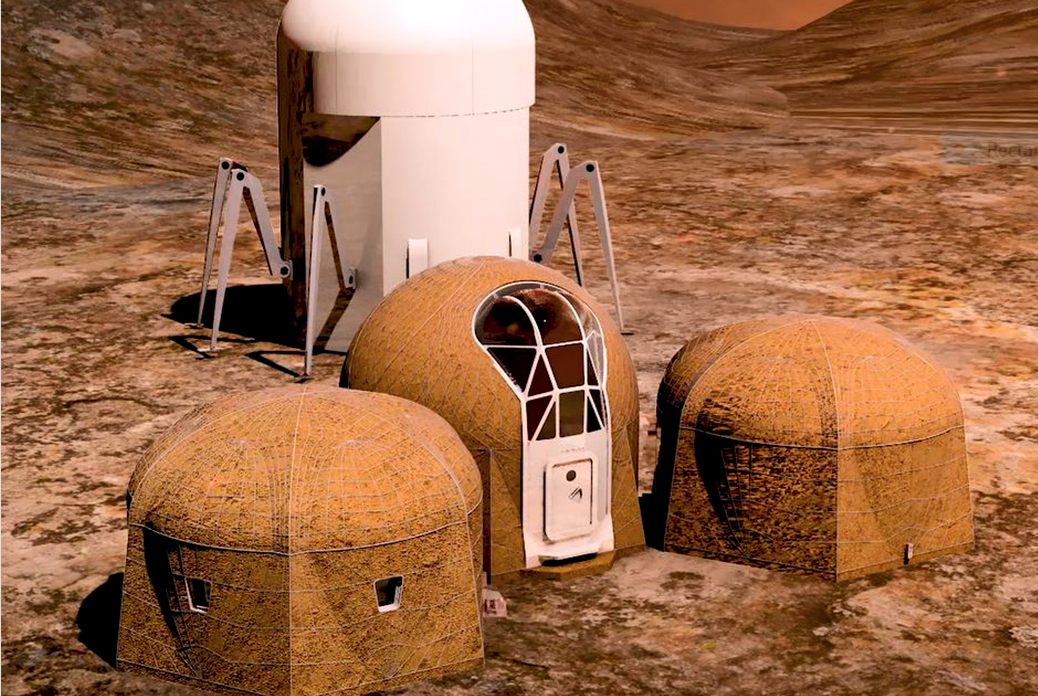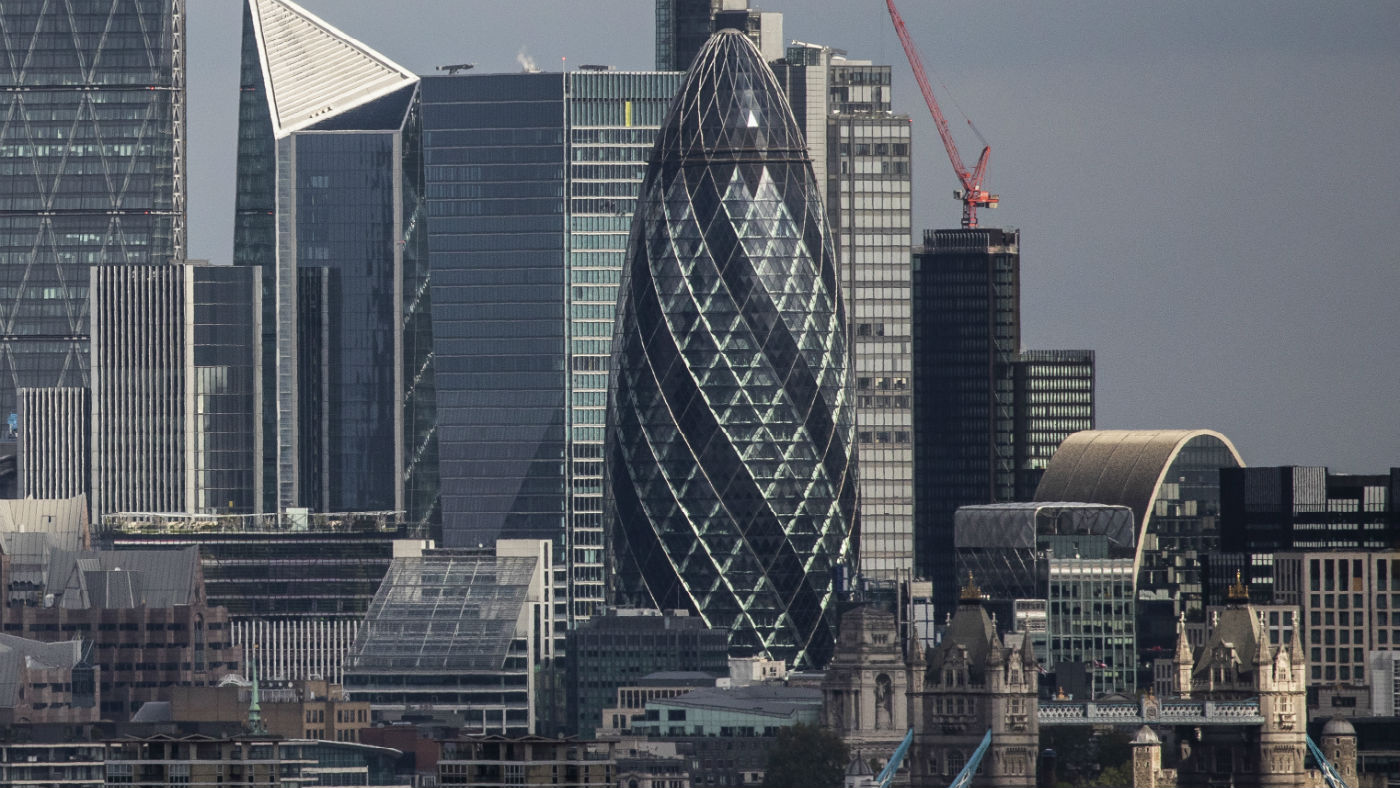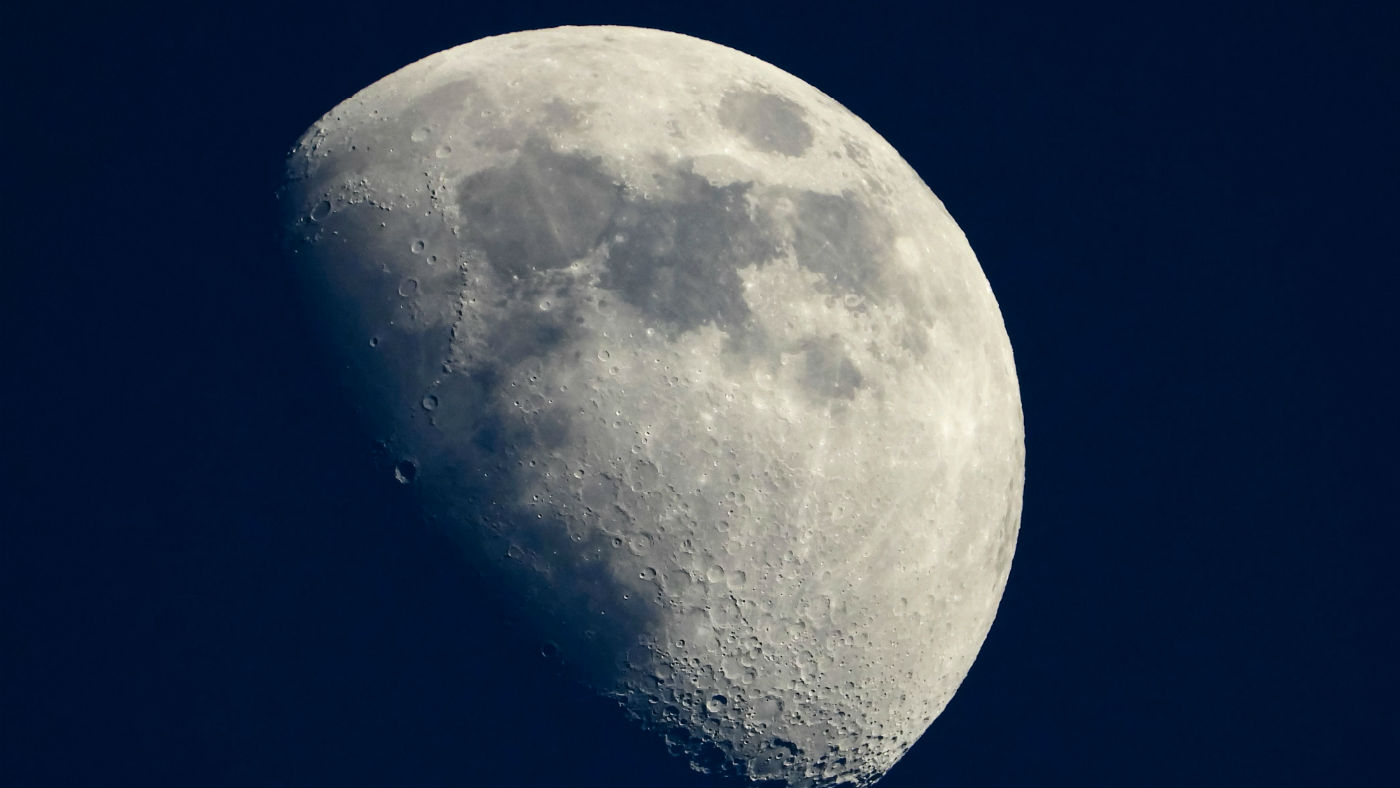Nasa reveals futuristic 3D-printed habitats for humans on Mars
Printable buildings designed to house four people for up to a year on the red planet

Nasa has revealed five 3D-printable habitats that may one day provide a base for the first explorers of Mars.
The designs were submitted to the US space agency as part of its 3D-Printed Habitat Challenge, launched in 2015 in a bid to create a sustainable living concept for the first inhabitants of the red planet.
Judges from Nasa and its partner on the project, Illinois-based Bradley University, selected the five finalists from designs by a total of 18 teams, says Engadget.
The Week
Escape your echo chamber. Get the facts behind the news, plus analysis from multiple perspectives.

Sign up for The Week's Free Newsletters
From our morning news briefing to a weekly Good News Newsletter, get the best of The Week delivered directly to your inbox.
From our morning news briefing to a weekly Good News Newsletter, get the best of The Week delivered directly to your inbox.
The teams were tasked with finding solutions that could be implemented safely and effectively on Mars. This means ensuring that the wall thickness, heating, pressure sealing and other elements are suffiently tough to withstand the planet’s hostile environment, the tech news site adds.
Each habitat must have enough room to comfortably house four people for up to a year, TechCrunch reports, and would be “largely assembled autonomously”, meaning machines must complete most of the building process, with minimal human intervention.
The judges also graded the concepts on their aesthetics. One of the designs comprises a giant spider-like lander that dispenses 3D-printed houses from an internal chamber.
Another, called Marsha, is a three-floor egg-shaped tower that expands and contracts to cope with Mars’s sudden and extreme temperature changes.
A free daily email with the biggest news stories of the day – and the best features from TheWeek.com
All five finalists share $100,000 (£76,000) in prize money and now proceed to the third phase in the competition, when they must build a scale-model of their concepts, says Futurism.
The teams still have plenty of time to perfect their designs: it could be decades before a manned mission to Mars takes place.
Elon Musk’s SpaceX hopes to be among the first private aerospace firms to take humans to Mars with its new BFR (Big F***ing Rocket), which will begin testing next year.
-
 How cybercriminals are hacking into the heart of the US economy
How cybercriminals are hacking into the heart of the US economySpeed Read Ransomware attacks have become a global epidemic, with more than $18.6bn paid in ransoms in 2020
-
 Language-learning apps speak the right lingo for UK subscribers
Language-learning apps speak the right lingo for UK subscribersSpeed Read Locked-down Brits turn to online lessons as a new hobby and way to upskill
-
 Brexit-hobbled Britain ‘still tech powerhouse of Europe’
Brexit-hobbled Britain ‘still tech powerhouse of Europe’Speed Read New research shows that UK start-ups have won more funding than France and Germany combined over past year
-
 Playing Cupid during Covid: Tinder reveals Britain’s top chat-up lines of the year
Playing Cupid during Covid: Tinder reveals Britain’s top chat-up lines of the yearSpeed Read Prince Harry, Meghan Markle and Dominic Cummings among most talked-about celebs on the dating app
-
 Brits sending one less email a day would cut carbon emissions by 16,000 tonnes
Brits sending one less email a day would cut carbon emissions by 16,000 tonnesSpeed Read UK research suggests unnecessary online chatter increases climate change
-
 Reach for the Moon: Nokia and Nasa to build 4G lunar network
Reach for the Moon: Nokia and Nasa to build 4G lunar networkSpeed Read Deal is part of the US space agency’s plan to establish human settlements on the lunar surface
-
 iPhone 12 launch: what we learned from the Apple ‘Hi, Speed’ event
iPhone 12 launch: what we learned from the Apple ‘Hi, Speed’ eventSpeed Read Tech giant unveils new 5G smartphone line-up
-
 Russian agency behind US election meddling ‘created fake left-wing news site’
Russian agency behind US election meddling ‘created fake left-wing news site’Speed Read Facebook says real reporters were hired by fake editors to write about US corruption

